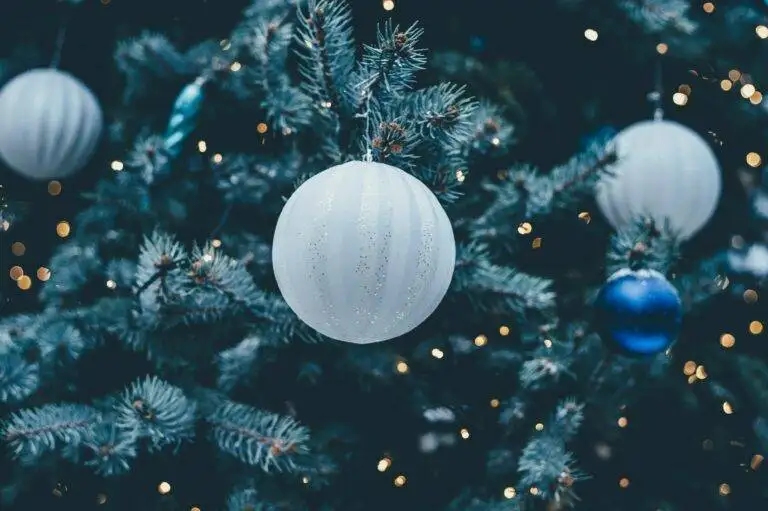Summer Solstice that magical time of the year! The long days and, in some places, the white nights…What a time of the year!
We have enjoyed beautiful spring days, with more and more light, and days that have been slowly growing longer since the Winter Solstice. This week we are reaching the tipping point at which the days start to become shorter and the nights longer. During Summer Solstice, the Northern Hemisphere receives more daylight than any other day of the year. This day marks the start of astronomical summer.
The word “solstice” comes from the Latin words “sol” (sun) and “stitium”, which means still or stopped. It results from the Earth’s north-south axis being tilted 23.4 degrees relative to the ecliptic plane of our solar system. This tilt causes different amounts of sunlight in the regions of the planet during the Earth’s year-long orbit around the sun.
When it is Summer Solstice, the North Pole is tipped more toward the sun than on any other day of the year. At the same time, it is Winter Solstice in the Southern Hemisphere, their shortest day of the year. Source: National Geographic
A popular misconception is that Earth is closer to the sun during the summer, particularly on the solstice. The Earth is farthest away from the Sun, at the aphelion point, two weeks after the June solstice, when the Northern Hemisphere is enjoying warm summer months.
In reality, the Earth’s tilt has more influence on the seasons than our planet’s distance to the sun has. The Earth is closest to the Sun, or at the perihelion, about two weeks after the December solstice, when it is winter in the Northern Hemisphere. Source: Time and Date.
Since prehistory, the summer solstice is a significant time of the year in many cultures. As summer progressed, the ancients noticed that the sun stopped moving northward in the sky, then began tracking southward again as summer turned to autumn. The sun does the opposite during the winter solstice and starts moving northward as winter slowly turns to spring.
Summer Solstice is a time of the year marked by festivals and rituals. Traditionally, in Europe, the summer solstice is seen as the middle of summer and referred to as “midsummer”. Today, however, in some countries and calendars, it is seen as the beginning of summer. Source: Wikipedia
Summer Solstice in Ancient Cultures
The summer solstice has been celebrated throughout the years, in specific ways in different cultures:
- Egyptians built the Great Pyramids so that the sun sets precisely between two pyramids on the summer solstice.
- In Ancient Egypt, the summer solstice corresponded with the rise of the Nile River. Observing this helped to predict annual flooding.
- The South American Incas celebrated the corresponding winter solstice with Inti Raymi’s ceremony. This festival included food offerings and animal sacrifices, and some believe that even people were sacrificed.
- Archaeologists have discovered the remains of an astronomical observatory in a long-buried Maya city in Guatemala. This observatory had buildings that were designed to align with the sun during the solstices.
- Ancient Greek calendars marked the summer solstice as the start of the New Year and the one-month countdown to the opening of the Olympic games.
- The ancient Romans celebrated Vestalia. Vestalia was a religious festival in honour of Vesta, goddess of the hearth and of the home. During this festival, married women could enter the temple of Vesta and leave offerings to the goddess in exchange for blessings for their families.
- In ancient China, the summer solstice was associated with “yin,” the feminine force. Festivities in China celebrated Earth, femininity, and the “yin” force.
- Midsummer was a time when the Vikings would meet to discuss and resolve disputes.
- Many Native American tribes took part in solstice rituals. Some of these rituals are still practised today. The Sioux, for example, performed a ceremonial sun dance around a tree while wearing symbolic colours.
Before Christianity, ancient Northern and Central European pagans welcomed Midsummer with bonfires; it was a way to boost the sun’s energy for the rest of the growing season and guarantee a good harvest for the fall. This ritual is still strong in Scandinavian countries.
Summer Solstice Celebrations of Today
Most cultures recognise the event in some way with holidays, festivals, and rituals around that time with themes of religion or fertility. Midsummer festivities are especially popular in Northern Europe, where bonfires are lit, girls wear flowers in their hair and homes are decorated with garlands and other greenery.
For example, in Sweden, midsummer is one of the year’s major holidays when the country closes down almost as much as Christmas.
Everyone, old and young, unites around the midsummer pole to dance in circles, pretending to be little frogs. Små grodorna (little frogs) is one of the most popular songs during midsummer in Sweden. Some people believe its origin came from pagan times when rituals such as dancing around the maypole celebrated fertility. Midsummer was magic, and even till now, there is a belief that midsummer night is magic.
Different cultures and religious traditions have different names for the summer solstice. In Northern Europe, it’s often referred to as Midsummer. Wiccans ( Pagan Witchcraft ) and other Neopagan groups call it Litha. Some Christian churches recognise the summer solstice as St. John’s Day to commemorate the birth of John the Baptist.
And a few more names in different countries:
- Noc Kupały (Poland)
- Day of Private Reflection (Northern Ireland)
- Jaanipäev (Estonia)
- Juhannus (Finland)
- Jāņi (Latvia)
- Rasos (Lithuania)
We might call it different names, but the appreciation for the sun, the light and life are present in all the festivities in all the countries!
Summer Solstice Superstitions
It was believed that evil spirits would appear during the summer solstice, according to pagan folklore. To fend off evil spirits, people would wear protective garlands of herbs and flowers. This can still be seen in Scandinavia where it is part of the existing tradition.
Bonfires were also associated with magic of summer solstice. It was believed that bonfires could help banish demons and evil spirits and lead maidens to their future husbands. Another ritual was to pluck seven different flowers and put them underneath the pillow during Midsummer Night, and you will see the one you will marry. Another summer solstice tradition says that the ashes from a Midsummer bonfire can protect one from misfortune. Spreading the ashes in the garden will bring a bountiful harvest.
Magic was thought to be strongest during the summer solstice. Anything could happen and everything was possible!
Summer Solstice 2021 Celebration @ SQOOM
We want to celebrate Summer Solstice 2021 in a magical way! SQOOM Summer Solstice Offers gives you the chance to enjoy warm and long sunny days with peace of mind. Your skin will be taken care of with all the care and love it needs during this time of the year! Just sit back, relax and enjoy the most beautiful and brightest time of the year with three unbeatable Summer Solstice celebration offers from SQOOM!
Q1 Starter Set
This set is all you need for bright summer days and happy glowing skin! The set contains:
- 1 x SQOOM Q1 device black with charger cable
- 2 x SQOOM xCential booster a 30ml
- 1 x SQOOM xCential Aqua Tonic cleanser 200ml
- 1 x SQOOM cleansing cotton pads box 100pcs
xCential deSpot Serum 3 for 2 Set
xCential deSpot Serum contains a unique combination of the active ingredients sulforaphane and genistein. This serum can brighten skin areas and reduce age spots in a liposomal combination. The perfect serum for sunny summer days!
xCential H+ Serum 5 for 3 Set with a 40 % Discount.
The innovative H+ serum is made entirely from natural active ingredients for visibly beautiful skin. Small hyaluronic acid particles of low molecular weight are being transported to the deeper skin layers, where the particles refill hollow spaces left by the ageing process. With a new active ingredient formula protecting against free radicals and providing intensive moisture with Aloe Vera Leaf Juice that gives the skin intensive moisture. Perfect for skin that has enjoyed the long sunny summer days!
Even though it’s only June, we’re already beginning the shift inward again. After Summer Solstice the days will continue to grow shorter until the Winter Solstice. When the sun is reborn, we start the cycle of growth all over again. Summer Solstice is really the cycle of life. But we still have long, warm and sunny days ahead of us! Let us celebrate the cycle of life and summer solstice and enjoy the long days and the beautiful summer we have ahead of us!








